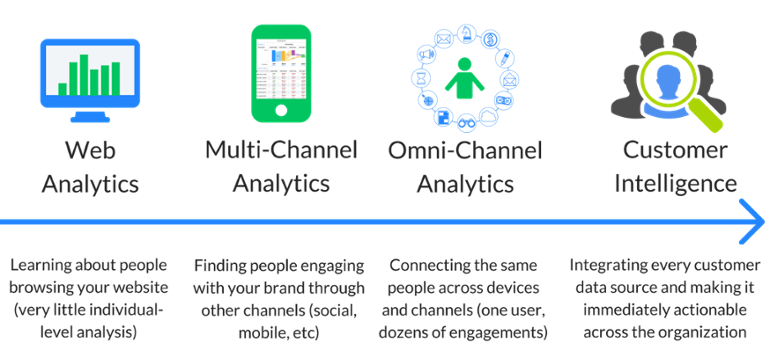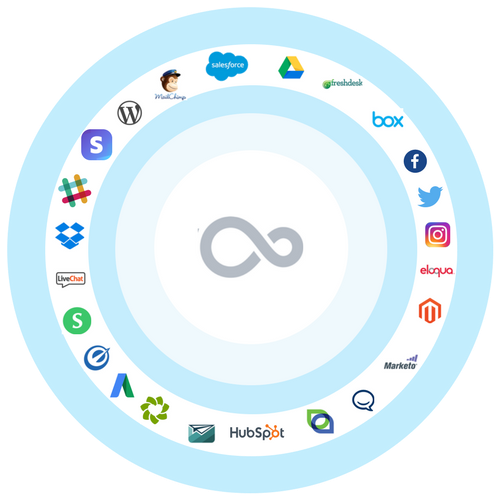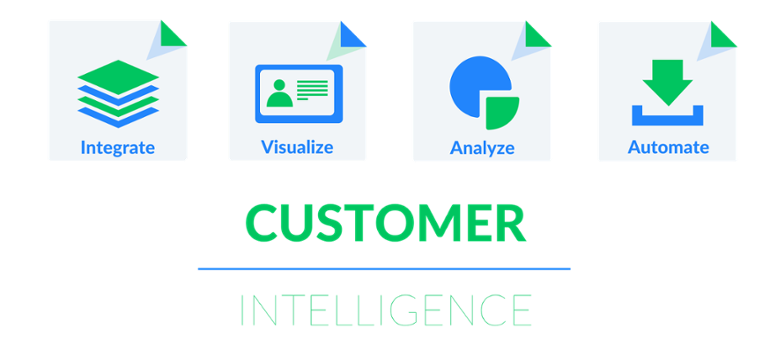The countdown has begun! As we prepare to announce our latest product release, we wanted to take a moment to deliberate our journey so far and share thoughts on how Woopra has evolved in this ever expanding analytics ecosystem.
Last year, we wrote a post that discussed how the information we collect about our customers has transformed throughout the years.
From Nielsen data to the IoT, we’re learning more about who our customers are and how they interact with our brands every day. If you think about this evolution in terms of analytics, the progression throughout time looks similar to this:

Moving Beyond Web Analytics
Businesses slowly moved away from traditional Web Analytics to Multi-Channel Analytics as customers started navigating the internet on several different channels and devices. Companies began following their customers and developing channel specific strategies to maximize their presence on each channel.
While this seemed sufficient for some time, as channels increased it became apparent that a Multi-Channel Analytics strategy would not suffice. The emergence of mobile contributed to a paradigm shift and companies realized that to understand their customers, they had to map this journey across all channels, in unison.
This was the initial transition from Multi-Channel Analytics to Omni-Channel Analytics, which became widely known as Customer Analytics.
Customer Analytics enabled businesses to generate valuable insights from data in order to bring out a single source of truth about their customer. Woopra had a head start as we pioneered real-time Customer Analytics back in 2008, when most organizations were still grappling with the challenges of web analytics and struggling to access individual-level user analysis.
Woopra was designed to collect valuable behavioral information about various actions taken by customers at any point to give users an all-encompassing, 360-degree lens of their customers’ behaviors.

In that sense, Woopra was designed to be channel-agnostic, platform-agnostic and device-agnostic. We wanted to put incredible power into the hands of every employee to identify each step a customer takes and how every engagement impacts another.
“Woopra was designed to be channel-agnostic, platform-agnostic and device-agnostic.”
As the industry matures, organizations aim to continually improve the customer experience. It has become the only way to survive since “being good” is no longer a matter of choice, but a necessity. It requires empowering the entire enterprise with the insights that equip them to deliver on that promise.
Also Read: The Most Important Web Analytics Metrics to Track
This brings us to the, now trendy, data democratization ideology. One that we’ve believed in from our infancy, that centers around helping every employee have access to real-time data to make data-driven decisions.
Enter Customer Intelligence
*Customer Intelligence *takes this idea of data democratization a step further. The marketing, sales, product, engineering, customer success and other teams not only access and share real-time, cognitive insights but also work together to deliver on the commitment to create superior value for their customers, every step of the way. Customer experience is no longer the responsibility of the product or marketing teams, but that of the entire organization.
“Customer experience is no longer the responsibility of the product or marketing teams, but that of the entire organization.”
In a recent survey by EY and Forbes Insights, global executives (in organizations of over $500 million in revenues), agreed that an enterprise-wide data and analytics strategy is the key to deriving value out of their analytics.
“An enterprise-wide data and analytics strategy is the key to deriving value out of their analytics.”
However, only seven percent of organizations were able to achieve enterprise-wide collaboration and alignment within management. That said, nearly two-thirds of these organizations that were successful reported additional operating margins and revenues of 15 percent or more!
Also Read: The Most Important Web Analytics Metrics to Track
One of the biggest challenges organizations face when it comes to developing an enterprise-wide analytics strategy is reliance on intuition-based decision making instead of that from data.
Woopra strives to change this by helping customers simplify the way they unify data across the enterprise so that they can make data-driven decisions.
Our AppConnect ecosystem has some of the most sophisticated integrations that allow companies to automate tedious tasks, empowering every user to focus on learning from their data. Woopra’s behavioral reports are robust but extremely easy to generate so that users can instantly share them across the enterprise and strategize on their business goals.

Integrate, visualize, analyze, automate, repeat. We believe that a flow of data through these four key functionalities aids seamless collaboration of insights derived from product analytics and is critical for a successful Customer Intelligence strategy.
Every product change at Woopra aligns with this ideology of leveraging Customer Intelligence to facilitate an enterprise-wide analytics strategy. Each discussion and evolution centers around helping organizations leverage their customer data to derive insights that fuel specific job functions, all while empowering cross-functional teams to deliver richer experiences to users.
Stay tuned for upcoming features that will help to take your Customer Intelligence to new heights!



